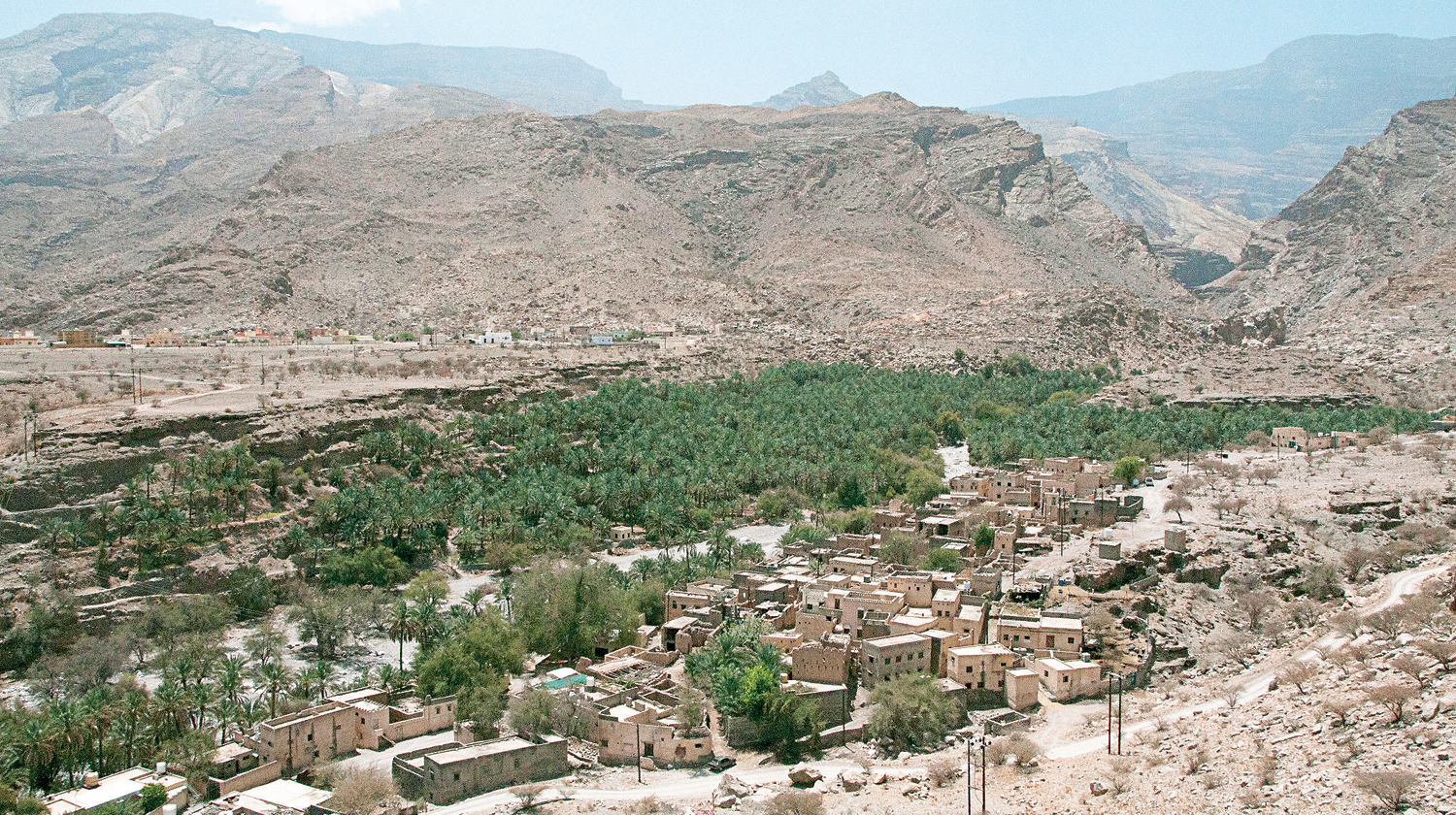

The Sultanate is rich with monuments that tell the story of civilisations rooted in the depth of the early days of mankind. The archaeological discoveries refer to the different eras and periods of time that Oman went throughout history, the creativity of the Omani people, their contributions and their communication with the different civilisations at the time.
These archaeological sites are scattered on the plains and mountains. And some were even found buried under the desert sands and submerged under the water of the seas. Due to the wide geographical area, and the presence of tens or even hundreds of archaeological sites, it seems that it is necessary to allocate teams not to locate these exceptional sites but to study the valuable antiquities they hold.
The village of Yuiqa is one of those extraordinary villages which is located in the Al Hajar mountain range. It has archaeological and historical treasures hidden between its natures that people might not know much about.
The village is situated on the banks of Wadi Bani Ghafir (Wilayat of Rustaq). Locals called it (The Great Valley), because of the confluence of the eastern wadi with the western wadi. This village is famous for its many monuments which propose that life in this village is an extension of successive generations since ancient times.
The village is famous for many ancient tombs, houses and old towers. Among its most famous cemeteries, are: the Cemetery of Dahra, Al Harjah, Al Mughari and Al Mazraa. This town has also a number of old mosques, namely; the Mosque of Al Safah, Al Sabara and Al Sahmah.
From the top of the mountain, one can spot the old architectural design of the village. The village still maintains its old architectural style, as most of its houses are built from the stones of the mountains surrounding the village.
These graveyards and old houses need attention from the official authorities. “The history of these cemeteries spans more than ten thousand years, and it is something everyone must look at. Most of the tombs and houses that witnessed the succession of many civilisations in this region have disappeared’’, locals told Observer.
“Nothing remains of these relics except piles of rocks, and whoever visits the site will find it difficult to distinguish between the graves and the houses that were constructed on this site. The site needs fencing and signs to prevent some visitors from tampering with it. This is not to mention the importance of thinking about allocating field studies for such archaeological sites through which many information and data may be extracted that will benefit everyone”, locals recommended.
Currently, locals are worried about the future of these sites. “If these tombs are not given any attention, these archaeological sites will be forgotten”, they warned.
Since this archaeological site is located on top of the mountain, it is rather difficult to be reached by both tourists and researchers, locals demand the official authorities to develop this area. “The site is in urgent need of instructional panels, which contribute to facilitating the arrival of those who are interested in Omani heritage to this distinguished site’’, they suggested.
This village is classified as one of the largest villages in the valley. Locals depend on two main aflaj, namely: Falaj Al Ain and Falaj Al Farda, which irrigate the green agricultural oases in which many trees grow, including palms, lemon, mango, citrus and wheat.
Additionally, the craft of weaving and spinning is considered one of the crafts inherited in the areas surrounding the town, and women in this area still practice the craft of weaving to this day.
People in this village depend on agriculture and handicrafts for their livelihood. Therefore, “promoting this distinctive spot may contribute to a new source of income for locals at this village’’, locals proposed.
TEXT & PHOTO BY YAHYA AL SALMANI
Oman Observer is now on the WhatsApp channel. Click here



